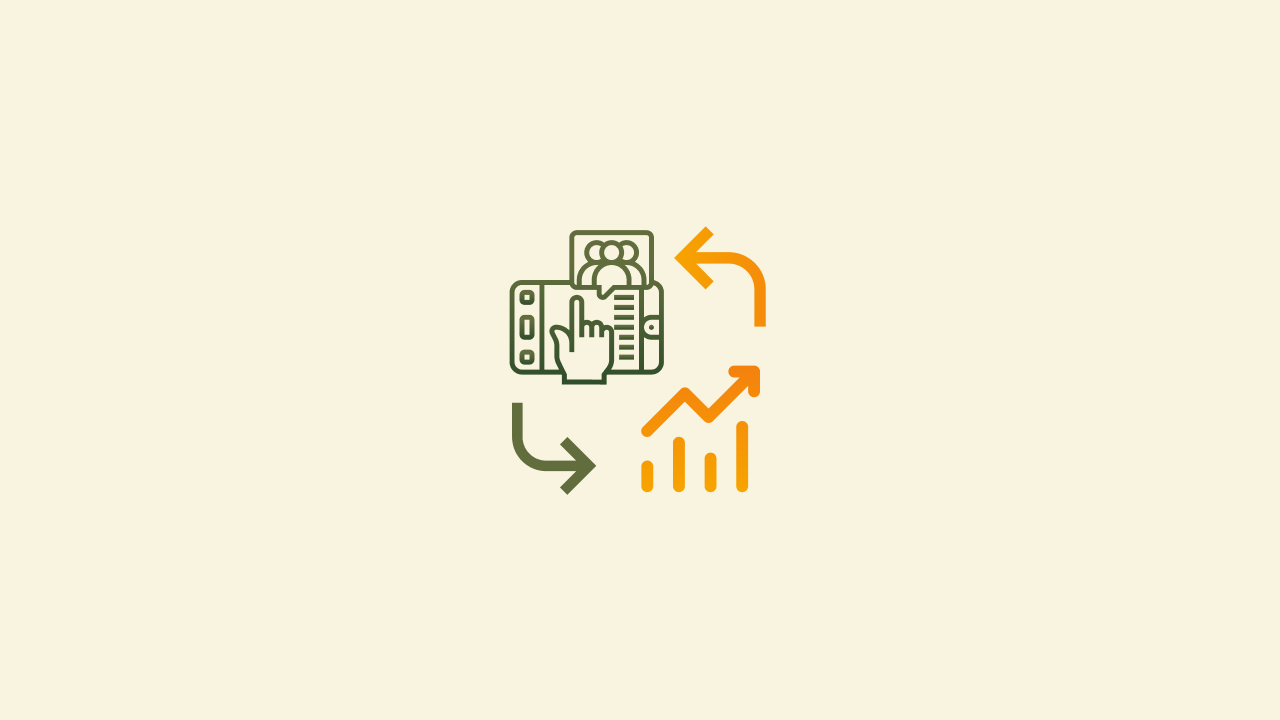Businesses have a standard playbook of strategies to boost efficiency and drive growth. Adopting smart technology is one key strategy that enables growth and profitability by streamlining processes, managing tasks efficiently and generating better ROI. But finding the right technology has always been a challenge. Business teams know the customer pain points and are best suited to find a solution that works, especially with the availability of several emerging technologies like integration and low-code/no-code/pro-code platforms. This is a fundamental reason why business heads of various departments are now playing a pivotal role in looking for vendors who provide technology - to fit specific tasks/goals, to integrate quickly (within days), and to maximize ROI.
A business requirement that has surfaced recently is - better operational visibility into the daily working of teams which run into many users and different product and functional categories. This business need is predominantly seen in industries such as Banks, NBFCs, Fintechs, Pharma, FMCG and Logistics with a feet-on-the-street workforce distributed across geographies. The team size and scale of operations of this workforce are large and complex. So business heads need a centralized platform with an easy-to-use interface to track, manage and gain insights on the daily visits of these divisions comprising employees, partner networks and agents.
The solution is a mix of multiple modules productized using integration and automation capabilities focused on Productivity Automation. The business-critical tasks performed by these teams are recurring and time-consuming, but they are not mundane and repetitive because the outcomes differ. Based on the outcome, the task performed is deemed a customer acquisition, activation or service. Tracking and managing these outcomes efficiently from start to finish is the primary purpose of Productivity Automation. It enables Supervisors and Team Leaders to handle their teams of employees, agents and partners effectively with the following inputs available at their fingertips in real-time -
- Employee Attendance supported by Geolocation.
- Employee Leave Management.
- Daily Visit Tracker to indicate each employee’s visit location and task performed.
- Regional/Zonal Drill-Down MIS Reports with real-time insights related to visits completed, visits missed, visits planned, visit statuses, deals closed, customers acquired, and customers activated based on region, zone or city.
- Product Status Reports with a drill-down of products and their status, for instance, from loan application to loan processing and, finally, loan disbursement. This report helps managers track customers acquired and activated and identify the bottleneck for activation (if any) in real-time.
All of this data provides transparency and visibility needed to gauge the progress and productivity of a team’s efforts.
Productivity Automation is crucial for Sales teams within the BFSI sector, especially Banks, NBFCs and Fintechs, due to how their teams are structured and run. Typically organizations within these industries have large teams of over 500-1000 employees (per team) distributed across geographies. The hierarchies and locations of employees change periodically with attrition, promotions and departmental transfers. Additionally, they sell multiple financial products across categories. And it is not just employees who sell these products. These divisions (namely Retail, Insurance, Loans) also have partner channels or agent networks that contribute to almost 50% of the total business. These partners and agents cannot access the bank’s core systems and applications. The Productivity Automation approach enables these entities to integrate their application with the bank’s infrastructure or share data using a secure connection like integration with CRM, ERP or file sharing through SFTP. It allows the bank to increase the user base and facilitate each team to use a single, centralized interface to log details, generate reports and track the status from assignment to closure. Managers can also use this interface to assign visits to reportees.
Productivity Automation is an end-to-end solution for integrating the organization’s core systems with supporting applications related to CRM, Ticketing, Field Visits, Sales Management and overlaying it with GPS, Geolocation and Geofencing. It provides data-driven insights to managers for tracking and managing people and processes at scale. With this approach, business leaders can bring in process efficiencies into the system using smart and innovative technology at a relatively low cost and achieve increased profitability and insight-driven growth, which is sustainable.
This article was originally published in Dataquest.








